The trend of regionalization along with the demands for cost reduction and greening pose many competitive challenges for Vietnam's logistics.
At the "Logistics Conference 2023" held on October 5 in Ho Chi Minh City, many experts pointed out the changes in breadth and depth in the global supply chain, which are expected to pose many competitive problems for the Vietnamese logistics industry.
The most prominent is the shift from globalization to regionalization. The criterion of optimal cost now gives way to the need for diversification so that the chain is safer, more reliable and closer to the consumer market.
The manifestation is the China + 1 policy of some corporations. Along with that, the US and Europe buy goods closer, reviving production. Mr. Julien Brun, Director of CEL Company, said that Mexico has reduced shipping time to almost equal the efficiency of China. Meanwhile, India is aggressively attracting FDI to get ahead of China + 1.
"We are facing regionalization so we need to find ways to compete with Mexico in supplying goods to North America, or North Africa to Europe," said Mr. Julien Brun.
In this game, in terms of logistics prices, Vietnam is not competitive. Logistics and distribution costs in Vietnam are quite high, 3-15% depending on the industry, much higher than in Thailand. Solving this problem is the only way to gain a foothold in the region, according to Mr. Julien Brun. Enterprises in Vietnam have complex production, warehouse and distribution systems that are not streamlined, so they are inefficient.

Experts discuss at the "Logistics Conference 2023" on the morning of October 5. Photo: Investment Newspaper
Ms. Pham Thi Bich Hue, Founder and CEO of Western Pacific, said that transportation costs account for over 60% of the total logistics costs of enterprises, while this rate in regional countries is only 30-40%. "Infrastructure lacks synchronization, regulation from the highest management agency; local planning is still formalistic, not localized according to regional characteristics and customer needs," Ms. Hue pointed out.
Considering the regionalization trend as the biggest challenge, Mr. Alexander Olsen, Vice President of International Transport and Trade at ITL, said that many corporate customers want to use Vietnam as a hub, but customs procedures and regulations are not clear.
"Combining imported goods from China or Cambodia with Vietnamese goods for export is difficult. This can be done, but it is complicated, expensive and ineffective," he said.
Another change in the supply chain is the trend of greening, which means sustainable development, reducing emissions and energy consumption. "The entire international chain is demanding green, so we have to be green or we will be pushed out," said Mr. Tran Thanh Hai, Deputy Director of the Import-Export Department, Ministry of Industry and Trade.
Governments in Europe, the US, and Asia all have targets for 10, 20, and 50 years to reduce emissions. Mr. Edwin Chee, COO of SLP Vietnam, assessed that many big global names have shifted and are present in Vietnam. He predicted that in the next 5-10 years, in addition to efficiency, they will also set requirements for sustainability.
Alexander Olsen said it is installing solar panels on warehouses, using Euro 4 emission standard trucks and is working with authorities to find out how to import the first batches of electric trucks into Vietnam.
"Building an electric truck fleet in Vietnam is challenging because it requires synchronous infrastructure development (charging stations)," he commented. He also recommended that to be "greener", the industry should focus more on exploiting river ports because road transport emits 8 times more emissions than inland waterways.
Vietnam ranks 64/160 and 4th in ASEAN after Singapore, Malaysia, Thailand in terms of logistics development, according to the World Bank. According to the 2022 assessment of the supply chain management group Agility, Vietnam ranks 11th in the top 50 emerging logistics markets, with a growth rate of 14-16% and a scale of 40-42 billion USD per year.
Despite continuous progress, even before the global supply chain changed due to the pandemic and geopolitical fluctuations, Vietnam's logistics still had limitations. According to Deputy Minister of Planning and Investment Pham Duy Dong, these include a lack of consistency in policies and infrastructure; a large number of businesses in the industry, but most of them are small-scale, working as subcontractors for foreign corporations; and a lack of specialized human resources, with 93-95% of workers not being properly trained.
Addressing longstanding weaknesses and preparing for new disruptions requires multi-stakeholder action to improve infrastructure and technology.
On the government side, Mr. Pham Duy Dong said that in the past 2 years, many key infrastructure projects and important highways have been completed. Currently, the country has 1,800 km of highways and the goal is to have 3,000 km by 2025 and 5,000 km by 2030. In addition, coastal routes, other connecting roads, other infrastructure such as Long Thanh airport, seaports, and airports are being focused on construction.
Some things that need to be done in the coming time, according to Mr. Dong, are to perfect policies regulating logistics services, multimodal transport, cross-border transport, comprehensively covering services and legalizing international commitments.
"We also need to support the building of strong logistics corporations, promote investment abroad and export of logistics services, and create orientation and motivation for market development," said Mr. Dong. Regarding human resources, the state needs to develop professional standards for the logistics sector and support schools in investing in teaching facilities.
Meanwhile, experts recommend that businesses promote digitalization. This is the key to solving the problem of cost, speed and sustainable development at the same time. "Logistics costs are being wasted in many stages, showing the importance of digital transformation and having data to optimize," said Ms. Nguyen Thi Bach Yen, Deputy General Director of Smartlog supply chain solutions company.
However, digitalization also requires "cutting your coat according to your cloth". Mr. Sam Tan, Director of New Product Introduction Department NPI UB Malaysia, said that the country's logistics industry is shifting towards automation very strongly but there are also painful lessons.
"Our experience is that to start implementing any technology requires a learning journey, from considering suitability, feasibility, calibration, staff training and evaluation during implementation, not saying it can be done right away," he said.
Expert Julien Brun advised businesses not to focus too much on fancy concepts like artificial intelligence (AI) or Robots, but to initially focus on platforms like switching from Excel to professional service software on cloud computing. "If you haven't adjusted the core platform and are still using Excel, don't dream about AI," he noted.
Telecommunications
Vnexpress.net



![[Photo] Vietnam and Sri Lanka sign cooperation agreements in many important fields](https://vphoto.vietnam.vn/thumb/1200x675/vietnam/resource/IMAGE/2025/5/5/9d5c9d2cb45e413c91a4b4067947b8c8)




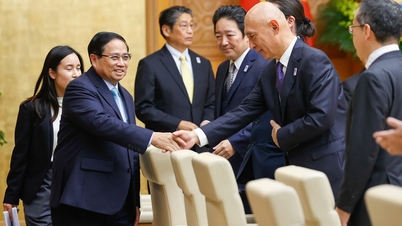

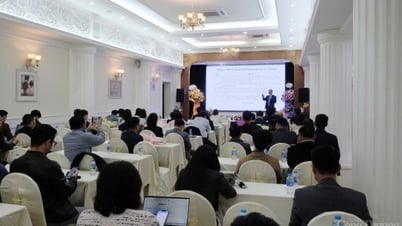

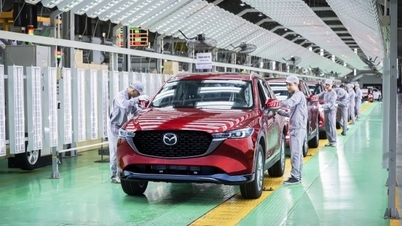


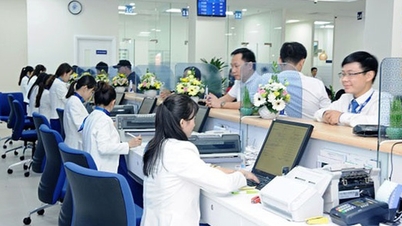

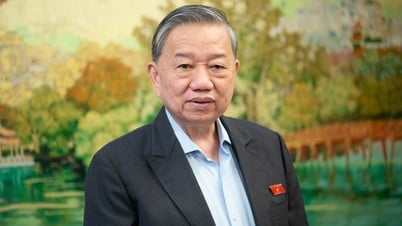
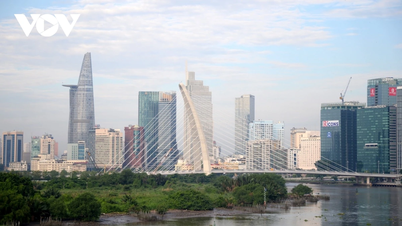

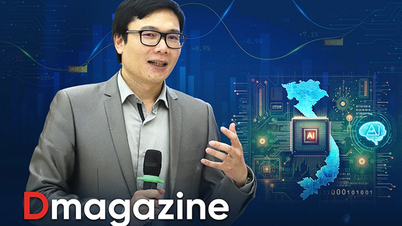

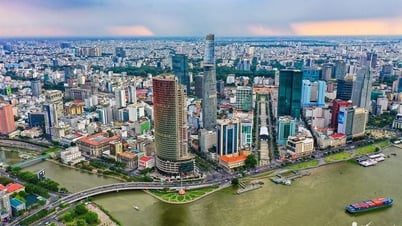










![[Photo] President Luong Cuong and Sri Lankan President Anura Kumara Dissanayaka visit President Ho Chi Minh relic site](https://vphoto.vietnam.vn/thumb/1200x675/vietnam/resource/IMAGE/2025/5/5/0ff75a6ffec545cf8f9538e2c1f7f87a)


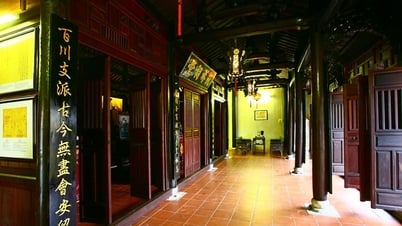







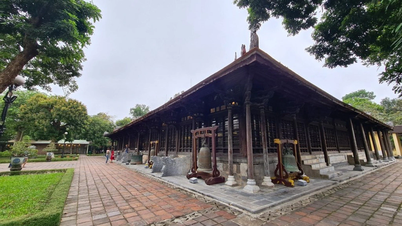


















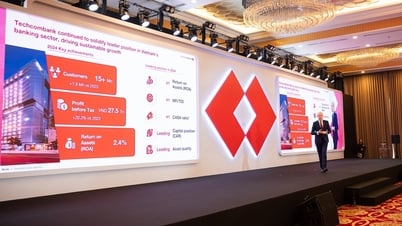
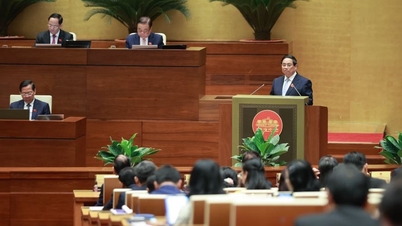

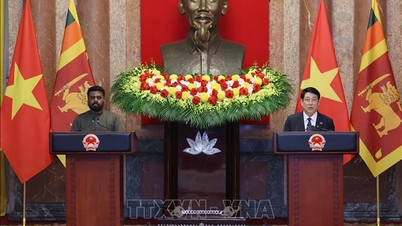
![[Photo] President Luong Cuong presided over the welcoming ceremony and held talks with Sri Lankan President Anura Kumara Dissanayaka](https://vphoto.vietnam.vn/thumb/402x226/vietnam/resource/IMAGE/2025/5/5/351b51d72a67458dbd73485caefb7dfb)

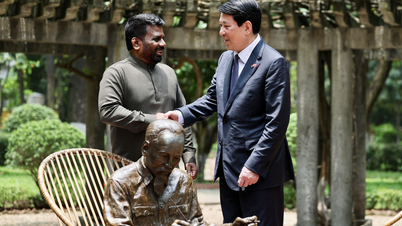
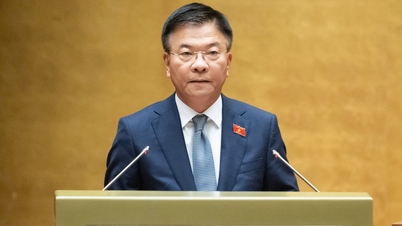



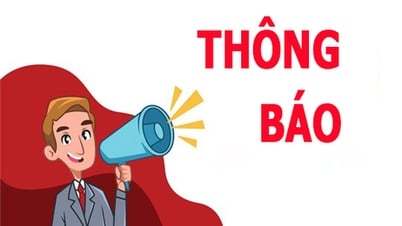




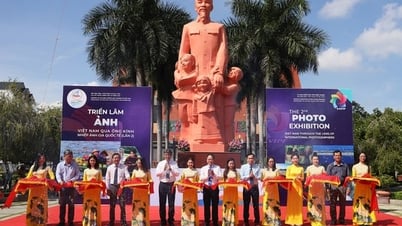


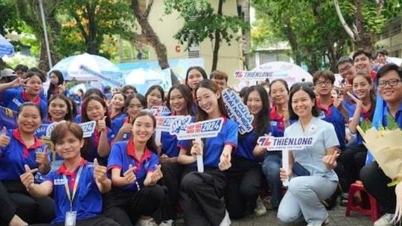










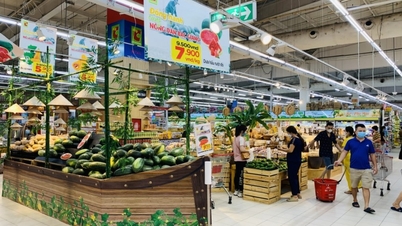







Comment (0)